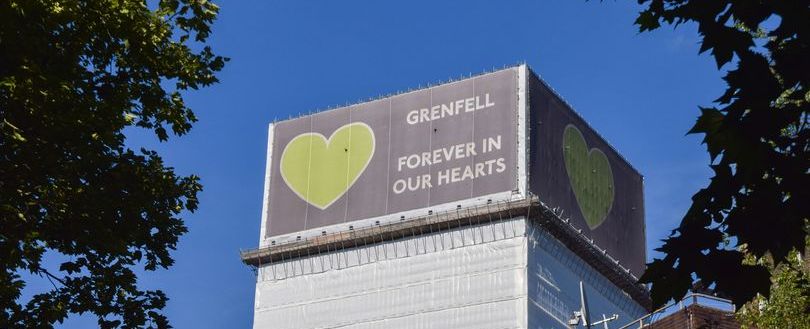
The glut of digital platforms threatens the "golden thread" regulations following Grenfell
Like it? Share it!
07 June 2023
Dame Judith Hackitt, the moderator of a discussion on standardised product data and building safety during Digital Construction Week, expressed concern that the absence of digital standardisation was impeding the issue's advancement.
In order to ensure that safety data is gathered, stored, and maintained throughout the lifecycle of the building, higher-risk residential buildings should have a golden thread of information, according to Hackitt's report on the 2017 Grenfell Tower fire, which claimed the lives of 72 people.
Hackitt asked a panel of industry experts whether there was a risk of “everyone doing their own thing” as a result of the emergence of multiple digital systems, leading to greater confusion and a loss of the benefits of standardisation.
“I don't think there’s a risk—I think it’s happening now, if I’m perfectly honest,” said Frank Elkins, chief operating officer at builders’ merchant Travis Perkins.
“The reality is that we’re all grappling with the same issues, and [...] there is a real need for the industry to come together and work together in terms of how we solve this problem.”
Nico van der Merwe, chief executive of Signify UK and Ireland (formerly Philips Lighting), warned against delaying action until, as with the 1980s battle between the VHS and Betamax videotape formats, an “ultimate winner” emerges.
“The worst thing to do is not to start,” he said. “You have to go, but go with entities and bodies that you think you can trust. And that will be in the next five years because it is a journey—it is not a single handshake, it’s a continuous partnership.”
Angus Macdonald, founder and chief executive of Galion, a small Somerset-based homebuilder, said that his firm had found it difficult to decide how to embrace digitalisation.
The Travis Perkins-developed WholeHouse platform, which enables small and medium-sized homebuilders to create a custom digital model of a house before it is built, was adopted by Galion.
“We’ve relied enormously on, in this case, Travis Perkins to go out and do all that work,” Macdonald said.
The digital-first approach meant information could be standardised and shared with customers, bringing the golden thread closer, said Macdonald, as well as allowing Galion to build faster and reduce costs.
“We don’t know if we’re backing VHS or Betamax, but we feel we’re going down the right route,” he added.
“We sit here, down the food chain, so to speak, hoping that we’ve got the right horse.”
Stephen Jeffery, chief technical officer at Mace, said there could be a role for larger companies to help SMEs meet clear, common standards, but argued that the tools used to achieve those standards would vary.
“I don’t see any problem with people using different tools,” he said. “There’s no point just saying everyone uses the same tool, but I do think the standards and the procedures just need to be a bit more crystal clear.”
In response to a question from Hackitt about what would happen to those who opted out of digitalisation or were slow to adopt, Elkins warned they would be left behind.
“The drive for digitalisation is here; it should be embraced, it needs to be embraced,” he said, predicting that digitalisation would lead to an “exponential curve” in efficiency, sustainability, and safety.
“My personal view is that those who don’t get on board are not listening really carefully to [...] customers and, in reality, will get left behind.”
ETIM UK, a partnership between the Builders Merchants Federation and the Electrical Distributors' Association, served as the debate's host.
Visit the SOURCE here.
Our eNews provides regular insight into industry trends, news headlines, and product and service information. For news articles parallel to those mentioned above, sign up for our eNews. Click here to sign up: Subscribe to our enews (fia.uk.com)
Related training
Related news
-
New FIA Guidance on BS 5839-1 Fire Alarm Categories
23 December 2025
-
Serviced Apartments: An Emerging Fire Safety Risk
17 December 2025
